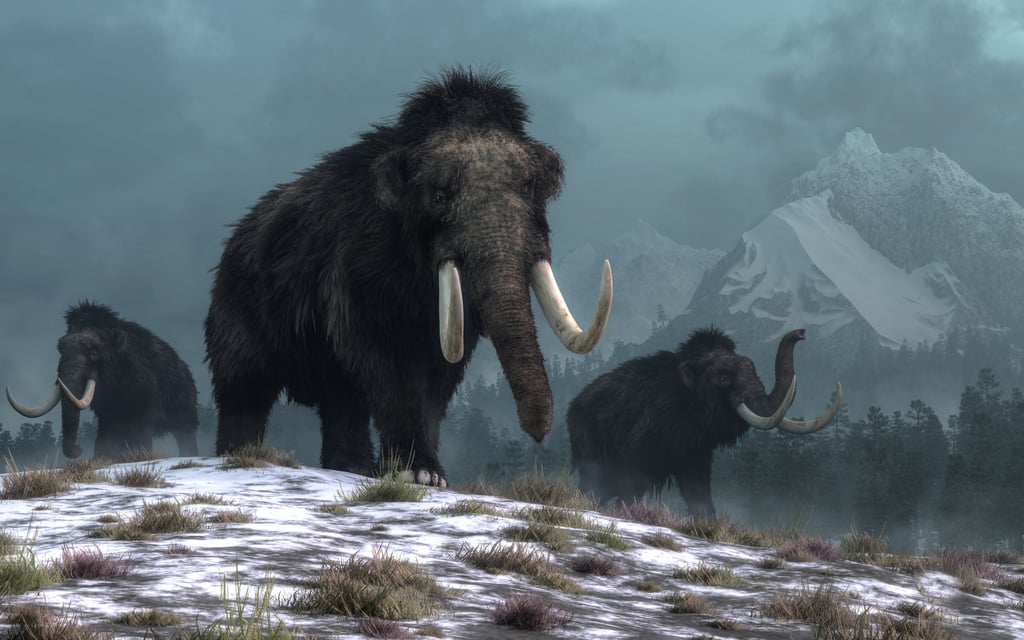Massive woolly mammoth meatball unveiled in the Netherlands
- The flesh was cultivated using DNA of the extinct animal, after gaps in the sequence had been filled in with African elephant DNA
- The meatball’s Australian creators say it’s not for consumption, but is meant to get people talking about lab-grown meat as a sustainable alternative

A giant meatball made from flesh cultivated using the DNA of an extinct woolly mammoth was unveiled on Tuesday at Nemo, a science museum in the Netherlands.
The meatball was created by Australian cultured meat company Vow, which – promising this was not an April Fools’ joke – said it wanted to get people talking about cultured meat, calling it a more sustainable alternative for real meat.
“We wanted to create something that was totally different from anything you can get now,” Vow founder Tim Noakesmith said, adding that an additional reason for choosing mammoth is that scientists believe that the animal’s extinction was caused by climate change.
The meatball was made of sheep cells inserted with a singular mammoth gene called myoglobin.

“When it comes to meat, myoglobin is responsible for the aroma, the colour and the taste,” James Ryall, Vow’s chief scientific officer, explained.